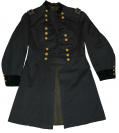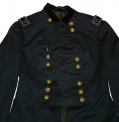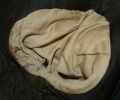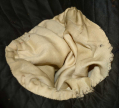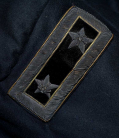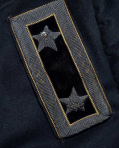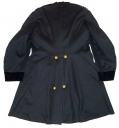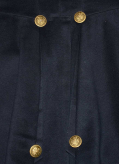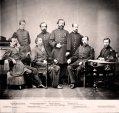site search
online catalog
OFFICER’S FROCK COAT OF BREVET MAJOR GENERAL JOSEPH K. BARNES, SURGEON GENERAL OF THE U.S. ARMY 1864-1882
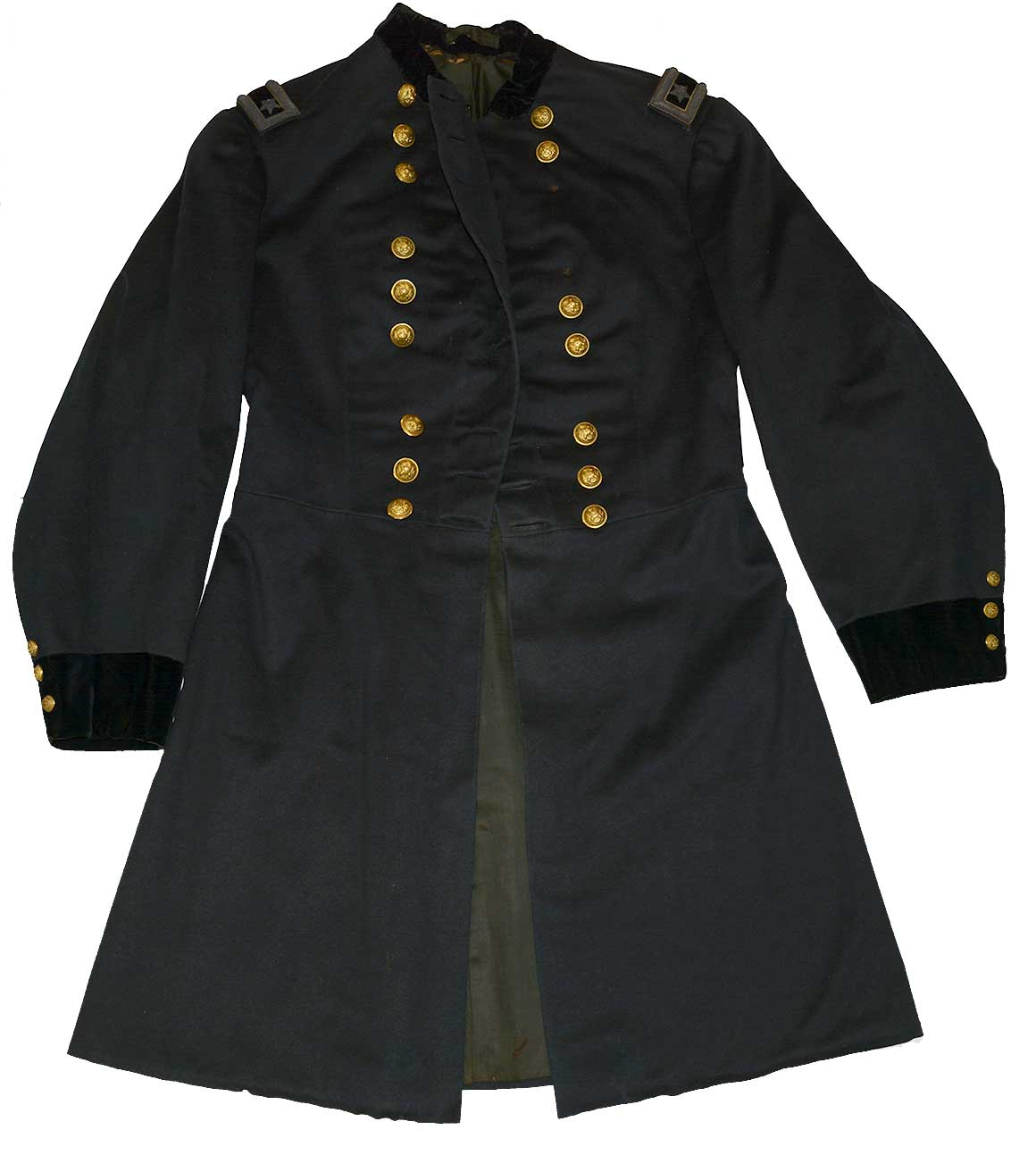
$25,000.00
Quantity Available: 1
Item Code: 1179-579
Shipping: Determined by Method & Location of buyer
To Order:
Call 717-334-0347,
Fax 717-334-5016, or E-mail
This would be the centerpiece of any medical collection: the Major General’s frock coat of Surgeon General Joseph K. Barnes. Barnes was born in Philadelphia in 1817, studied medicine at Harvard, under US Navy Surgeon General Harris, and received his medical degree from the University of Pennsylvania in 1838. After spending two years as a resident and visiting physician, he was commissioned Assistant Surgeon in the army in 1840 with brief duty at West Point and then two years in Florida during the Seminole Wars, including participation in Harney’s everglades expedition.
In 1846 he served with mounted troops in Zachary Taylor’s army in northern Mexico and then joined Scott’s army at Vera Cruz and the advance on Mexico City as chief surgeon of the cavalry brigade, taking part in Cerro Gordo, Contreras, Churubusco, Molino del Rey, Chapultepec and capture of Mexico City. The inter-war years found him in Texas, the Plains, and the Pacific coast as well as duty at Baltimore, Philadelphia, and West Point, with promotion to Surgeon (ranking as a Major) in 1856.
He was serving in the Washington Territory when the war began, became medical director of the Western Department and Department of Kansas before reporting to Washington in May 1862 to act at attending physician for the city, with promotion to medical inspector and Lieutenant Colonel in February 1863, medical inspector general and Colonel in August, and then to acting Surgeon General of the army in early September. He was made Surgeon General with rank of Brigadier General in August 1864, and brevetted Major General as of March 13, 1865 for “faithful and meritorious service during the war.”
He is noted for pushing forward the Army Medical Museum and Army Medical Library, as well as the Medical and Surgical History of the war, but perhaps did his best work in gaining Stanton’s confidence and support, which led to getting explicit confirmation of the authority of medical officers in medical affairs, control of hospitals, hospital transports, etc. He supervised Lincoln’s autopsy and participated in the vain effort to save Garfield before retiring in 1882 and dying in 1883.
Formerly in the collections of the Texas Civil War Museum, his coat is fully regulation and in excellent condition. It is made of deep blue satinette with blue velvet collar and cuffs, two rows of general staff buttons grouped in threes as appropriate for the rank, and shoulder straps with black velvet grounds, wide bullion embroidered borders and raised, five-pointed stars, with the inner and outer edges border with gilt jaceron wire. The cuffs each have three small general staff buttons, and there are two more large ones at the rear waist and bottom of the pocket opening in each tail of the skirts. The interior is lined in silk, now a dark, greenish black, quilted in the chest and sides. The sleeves are lined in plain white. There is on interior pocket in the left breast and one in each tail, accessible from the outside.
The coat is solid, has strong color, and is free of moth damage with exception of just one pencil point nip on the back of the left cuff, a spot we had to hunt hard to find. Inside there are some wear spots to the upper edge of the collar, some small holes from wear in the lining at natural points of contact- the upper back at the neck and the waist band- but these are few and not large, and a small wear spot inside the right sleeve just above the velvet of the cuff. The very edges of the cuffs show expected rubbing, and no holes. Two buttons are missing on the left breast (the bottom of the top three and top one of the next three.) The shoulder straps show typical oxidation of the gilt embroidery to a muted silver, though the jaceron wire still shows as a dull gold. The stitching has given way on the inner front corner of the shoulder strap on the wearer’s left shoulder, but the other corners are secure.
We show a period photo of Barnes and staff from the army medical museum. He stands at center with the caption below his name reading “Brig-Gen’l. and Surgeon General,” but we note he is wearing the coat of a Major General to reflect his brevet rank. He probably had more than one, but it makes a great accompaniment to this coat. [sr] [ph:L]
~~~~~~~~~~~~~~~~~~~~~~~~~~~~~~~~~~~
THIS ITEM, AS WITH ALL OTHER ITEMS AVAILABLE ON OUR WEB SITE,
MAY BE PURCHASED THROUGH OUR LAYAWAY PROGRAM.
CLICK HERE FOR OUR POLICIES AND TERMS.
THANK YOU!
Inquire About OFFICER’S FROCK COAT OF BREVET MAJOR GENERAL JOSEPH K. BARNES, SURGEON GENERAL OF THE U.S. ARMY 1864-1882
For inquiries, please email us at [email protected]
Most Popular
Historical Firearms Stolen From The National Civil War Museum In Harrisburg, Pa »
Theft From Gravesite Of Gen. John Reynolds »
Cavalry Carbine Sling Swivel »
Fine Condition Brass Infantry Bugle Insignia »
featured item
1847 CONGRESSIONAL RESOLUTIONS OF THANKS TO GEN. ZACHARY TAYLOR AND HIS OFFICERS AND MEN FOR MONTERREY, PERSONALLY DISPATCHED BY PRESIDENT POLK
Zachary Taylor received the formal thanks of Congress three times, along with gold medals, for victories in the Mexican War, the largest number of such resolutions and awards made by Congress to anyone. This is an official State Department copy on… (766-938). Learn More »



